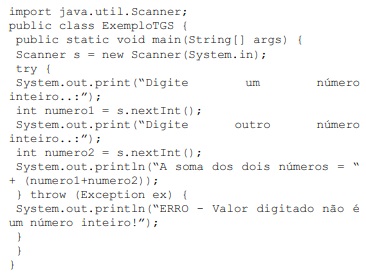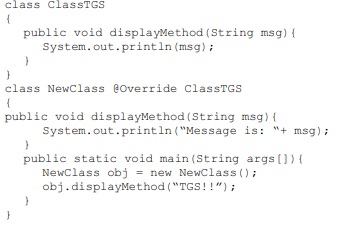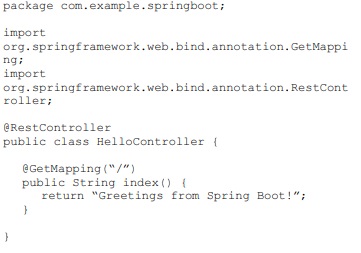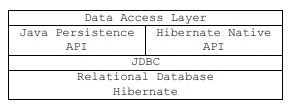Questões de Concurso Público TBG 2023 para Ênfase: Desenvolvimento de Software
Foram encontradas 100 questões
Based on text CB1A2-I, judge the following item.
Oppenheimer’s paper on black holes received little attention
at the time it was published.
Based on text CB1A2-I, judge the following item.
According to Cathryn Carson, Oppenheimer’s work on
neutron stars and black holes was meaningless at the time
it was developed.
Based on text CB1A2-I, judge the following item.
With the help of his students, Oppenheimer could easily shift
from one research topic to another.
Based on text CB1A2-I, judge the following item.
The word “war” (first sentence of the second paragraph)
refers to any war.
Based on text CB1A2-I, judge the following item.
Hartland Snyder helped Oppenheimer write his least relevant
paper in physics.
The pronoun “they” (last sentence of the last paragraph) refers to the word “assumptions”.
Based on the vocabulary and linguistic aspects of text CB1A2-I, judge the following item.
The word “overshadowed” (first sentence of the second
paragraph) means, in the context of text CB1A2-I, “made
less noticeable”.
Based on the vocabulary and linguistic aspects of text CB1A2-I, judge the following item.
The word “installment” (first sentence of the first paragraph)
means, in the context of text CB1A2-I, “to make it ready
to use”.
Based on the vocabulary and linguistic aspects of text CB1A2-I, judge the following item.
The word “physicists” means “medical doctors”.
Based on the vocabulary and linguistic aspects of text CB1A2-I, judge the following item.
Graduate students are people studying for a master’s degree
or doctorate.

Com base no código precedente, escrito em Java, julgue o
próximo item.
Se a entrada realizada pelo usuário nas variáveis numero1
ou numero2 não for um valor inteiro, então, de acordo com
a sintaxe e a lógica do programa para tratar a exceção de
erro, será mostrada a mensagem ERRO - Valor digitado
não é um número inteiro!.

Tendo como referência o programa precedente, escrito em Java, julgue o item a seguir, relativo à programação orientada a objetos.
A sintaxe e a lógica do programa apresentado mostram corretamente uma forma de polimorfismo do tipo override.

Em relação ao código precedente, julgue o item seguinte.
Considerando-se que o código apresentado é voltado para o Angular com Typescript, é correto afirmar que @Component é um método da classe de AppComponent.

A partir do código precedente, julgue o item subsecutivo, relativo a Spring.
No Spring, a RestController é usada para marcar a classe como um controlador em que cada método retorna um objeto de domínio em vez de uma exibição.

Considerando o código precedente, julgue o item subsequente.
Para se apresentar corretamente o texto presente na linha 11 em 3 colunas, o comando .tbg { column-count: 3;} deve ser inserido no lugar dos caracteres XPTO, na linha 5.

A partir do código JavaScript precedente, julgue o item a seguir.
Ao ser executado, o código inicialmente irá mostrar na tela apenas um botão similar ao mostrado a seguir.

Se esse botão for clicado, será apresentado um resultado similar ao que se segue.


Com base na hierarquia precedente, julgue o item seguinte, a respeito de Hibernate.
Considerado o conceito da solução ORM Hibernate, conclui-se que a hierarquia apresentada anteriormente está errada. O correto seria a hierarquia que se segue, uma vez que o Hibernate não se incorpora ao banco de dados relacional, mas se encontra entre a camada de acesso a dados do aplicativo Java e o banco de dados relacional.

Julgue o seguinte item, relativo a DevOps, Jenkins e GIT.
No DevOps, por meio das práticas de CI/CD (pipeline de
integração e implantação contínuas), é possível que equipes
de operação e desenvolvimento disponibilizem aplicações
para os clientes por meio de microsserviços, usando práticas
de métodos ágeis.
Julgue o seguinte item, relativo a DevOps, Jenkins e GIT.
A principal função do Jenkins em uma automação CI/CD
(continuous integration/continuous delivery) é revisar o
código com base no clean code à procura de bugs, falhas de
vulnerabilidade ou problemas de manutenção que tornem seu
código confuso e difícil de manter.
Julgue o seguinte item, relativo a DevOps, Jenkins e GIT.
No ambiente GIT, uma branch é definida como uma coleção
de referências junto com um banco de dados de objetos que
contém todos os objetos que são acessíveis a partir das
referências dos “ramos” do desenvolvimento.